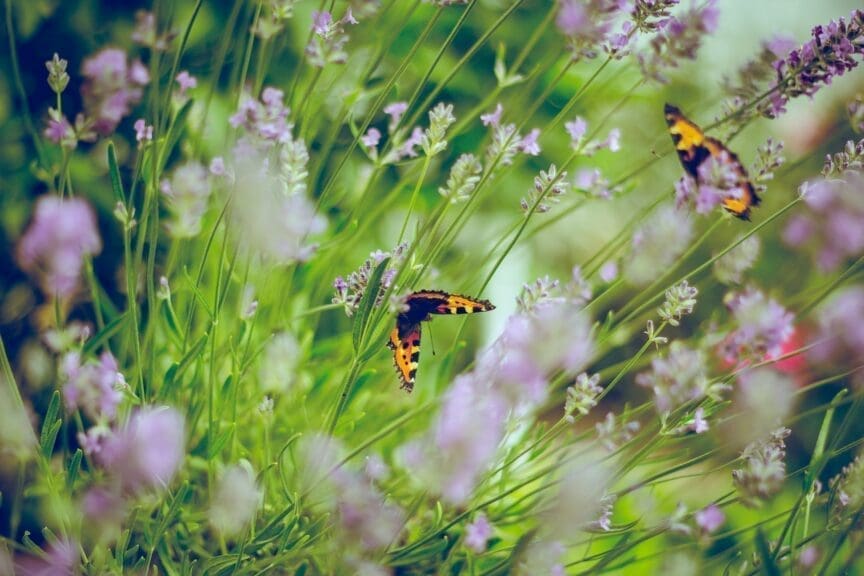So you are looking to buy a home or maybe have just purchased one? They often come with a garden… but sometimes that’s up to you.
Have a chat
If you are the proud owner of a garden but haven’t a clue what is there or how to look after it, then I suggest you invest in an hour’s time chatting with a local horticulturalist. They will list what is in your garden and give you some idea of how to look after what’s there. Document the tasks during this meeting and ask that they assist in writing the plant names in for you (they can get tricky!). This will save you a heap, as otherwise you may have had to rely on a written report. I charge $170 an hour in Adelaide on site, no extras and a tax invoice sent, but it varies in other places.
Another option, if money is in short supply, is to take snips of those plants in flower, and ask your local nursery outlet to name them. Try this on a Tuesday morning at 9am, not a weekend. You want to make sure they’re not too busy otherwise they may not want to do you this favour. Another option is to quiz the neighbours, but they may just respond with blank stares. I would also suggest buying a copy of the best-selling gardening aid in Australia, the Yates Garden Guide. I was given my first copy at the age of 10, and it’s been so helpful ever since.
Look deeper
On a new property, don’t assume you have a clean slate to work with. There are often buried treasures, and buried gyprock off-cuts and mortar are the most common. A fork thrust into the soil around entrances usually turns up the goods. This debris is quite alkaline and if not taken care of, can create plant deficiencies, as certain nutrients (iron, magnesium, and manganese) get locked up in alkaline soils and cause plants to turn yellow.
Think locally
Try to resist the urge to buy plants on impulse at your local nursery or gardening centre, just because they look nice in the store. I would recommend doing a sneaky reconnoitre, or exploration, of your suburb to see what grows best in your area specifically. As an example, English box hedges are very pretty, but they are not universally successful. Be wary of websites with general information also, as most seem to be located in California, USA.
Understanding the local conditions of soil type, rainfall and frost occurrence is vital to most plant survival. The Bureau of Meteorology in your state or territory has lots of information on the last two aspects. Soils are usually the domain of the Mines and Resources Department, or whatever it is called in your jurisdiction. Many subdivisions are lots made up of cut and fill, so it’s possible you could have a cocktail of soil types you’re dealing with.
One thing is for sure, putting the fertiliser gypsum on clay soils makes them manageable at a very low cost. I would use gypsum at 300 grams per square metre, or 3 tonnes per hectare, as it improves drainage within hours. In my region, a tonne delivered by super-spreading firms costs just $60, so it’s worth seeking out at your local landscape supplier. Improving the soil before your plant anything is a wise strategy indeed.
As for fruit trees, I reckon they really are a waste of time unless you live in a fruit fly-free zone, or are prepared to spray regularly for protection and put up a net to ward off the birds, bats, rats and possums. As for apples, pears and cherries, you would need pheromone traps to catch the codling moths. These are simple little tents that have a pellet inside each with the fragrance of the female moth on it. These attract the male moths and leave the females to fly around without having mated.
To spray or not to spray
As for the wide range of sprays you might wish to use, I find when I introduce new gardeners to Eco-Oil, a spray which is both an insecticide and a fungicide, they can control most infestations even if they don’t really know what it is.
Never use any gardening product at strength greater than recommended on the label, because the label carries the maximum amount to get control, rather than the minimum. After all, the companies selling these products want to sell the maximum amount. If using sprays, always cover up with long sleeves, a scarf and a hat as the active ingredients of all herbicides, insecticides and fungicides are readily absorbed through the skin.
Admittedly not all sprays have a harmful effect when absorbed, but you do not know your threshold to any sprays!
Reality check
Last but certainly not least is the simple fact you will lose a few plants along the way, but that is the learning experience. As your skills develop you can try more difficult plants.
A garden is never boring if you keep asking: “… but why?”
Malcolm Campbell is a professional horticulturalist with over 30 years’ experience as a dedicated gardener in the home garden and on the broad acre. He has also spent 16 years as the South Australian presenter to the national ABC television Gardening Australia and is the weekly gardening columnist to 10 Messenger Press (News Limited) papers around Adelaide. He has been the South Australian gardening writer to the national Gardening Australia magazine for 15 years. For more information, go to www.greenfingers.com.au
Photo by Emiel Molenaar on Unsplash


